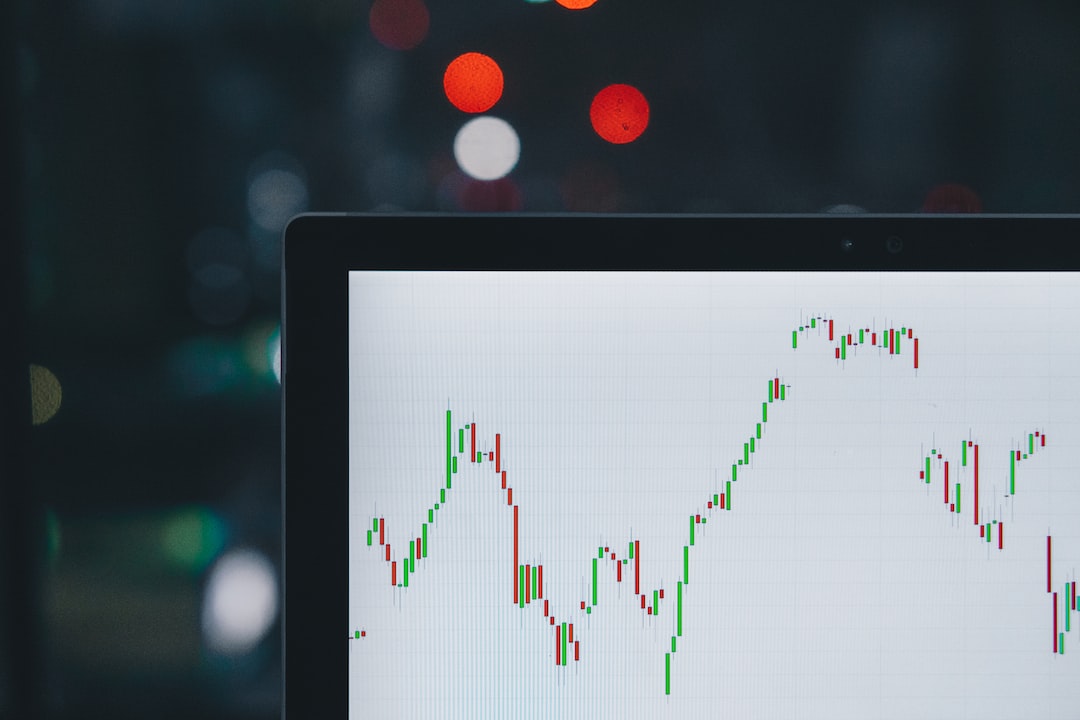Unveiling the Power of Historical Foreign exchange Information in Trendy Trading
Unveiling the Power of Historical Foreign exchange Information in Trendy Trading
Blog Article
With the constantly changing landscape of trading in forex it is imperative to have historical data cannot be overstated. Data from the past, especially for those with a span of 37 years of time, provides an important source for analysts and traders looking to create effective strategies to gain an edge over competitors. This depth of data and its compatibility with platforms such as Metatrader 4 and 5, gives a wealth information that can transform how traders perceive and engage with the market for forex. The use of such extensive information helps to gain a greater understanding of market trends, leading to better informed and more profitable trading choices.
The access to this comprehensive data set allows traders to examine the forex market's evolution through the years. It is important to have a long-term perspective in identifying patterns that recur, developments, and cycles which might not be evident when using smaller datasets. Through analyzing how different currency pairs have reacted to diverse economic and global developments, and shifts in sentiment over time, traders can make more educated decisions. In particular, knowing the ways in which a certain currency pair responded to past inflationary rates or other politically-driven crises could help determine the future course of action under similar circumstances.
Data from historical forex also play vital role in testing of strategies for trading back. Backtesting is the process of applying a trading strategy to historical data for a review of its effectiveness and its reliability. It is essential for traders to test their strategies and discover the weaknesses prior to implementing the strategies in real-time trading situations. The vastness of 37plus years of information allows for testing strategies across different situations, from days that are high-risk to periods of stability. Through this extensive test, you can be sure that strategies are precisely tuned and robust, significantly enhancing the efficiency and reliability of strategies.
For quantitative analysts and developers of trading strategies, Free Historical Forex Data is used as the base for creating complex models. This vast dataset makes it possible for these experts to develop and improve predictive models that can accurately anticipate market fluctuations. The diversity and richness of data allows the creation of algorithms that are highly responsive to different market scenarios. The historical data that spans decades provides the necessary context to build models that are not only accurate, but also robust, offering traders a significant edge in the foreign exchange market. To acquire extra information please check important source
Outside of individual traders as well as financial institutions, historic forex data can be an excellent resource for academic research as well as economic analysis. Researchers may use these data to explore various hypotheses about the behavior of markets, currency-related correlations as well as the effect on macroeconomic conditions and forex prices. A long time series allows for comprehensive research which contribute to a better knowledge of the dynamics of the forex market. Additionally, policymakers and central banks have the ability to utilize previous data in order to evaluate how past interventions affected the market and to make educated decisions on future monetary policy. The data's richness can be used to support an array of academic inquiries, fostering more understanding of the global financial system.
Also, historical data about forex aids in research and education for the trading industry. It's a great source for research studies in academics and market research. This helps improve knowledge of the forex market and trading strategies. Researchers and educators can analyze long-term data to uncover insights into market dynamics that impact macroeconomic influences, as well as the efficacy of different trading approaches. This data aids in the overall development of more knowledgeable and advanced trading strategies that benefit both traders as well as the larger financial sector.
The significance of the data from historical forex transactions goes beyond the development of strategies and educational purposes; it also plays vital roles in the management of risk. Analyzing historical data institutional and trader data, they can identify periods of high fluctuations and identify the factors which led to major changes in the market. This knowledge allows for better risk assessment and the implementation of strategies to minimize potential losses. For instance, understanding how specific currency pairs performed during the previous financial crises could assist traders to devise strategies to guard their portfolios from future downturns. Historical data thus becomes an important tool to both creating the highest returns possible and also reducing risk.